
BOCCIA
Boccia is one of only two Paralympic sports that do not have an Olympic counterpart. It traces its roots to ancient Greece and Egypt.
about BOCCIA
Boccia is a game of strategy and accuracy with similarities to both bowls and pétanque. Originally developed for people with coordination impairments, the sport now includes athletes with various eligible impairments.
The sport is played on a flat, smooth surface, where players compete against each other as individuals, pairs, or teams of three. Each side must throw or roll a total of six coloured balls as close as possible to a white target ball, known as the jack. A coin flip determines which side plays the jack on the court and the first ball.
To win, players must get the most balls closest to the jack, the white ball. The team furthest from the jack keeps throwing until they get their ball closest or run out of balls. Boccia requires pinpoint accuracy and strategy, and players can knock any ball to gain advantage. The individual and pair matches consist of four ends, while team matches have six ends. After each end, the athlete, pair or team with the ball closest to the jack receive one point, and an additional point for every ball that is closer to the jack than their opponents.
Athletes compete in wheelchairs within four classes depending on the impact of their impairments on their ability to perform. BC1 athletes have an assistant to manoeuvre the wheelchair and play the ball with their hands or feet. BC2 can throw without assistance. In BC3, players use a ramp, a pointer, and get support from ramp operators, who also receives a medal if players win. In BC4 athletes have impairments affecting all limbs and trunk but don’t have a coordination impairment.
Boccia International Sports Federation (BISFed) is the sport’s governing body.
Boccia History
Boccia has roots in ancient Greece and Egypt and is perhaps the earliest game ever played by man where players threw large stones at a target. Archaeological objects and mural engravings of the sport were found as early as 5200 BC in Egypt. The sport was also played during the Middle Age. The word ‘boccia’ is derived from Italian meaning to bowl.
The sport was initially designed for people with cerebral palsy and became widespread. It is now played by people who have any kind of neurological impairment that affects their motor function.
The sport made its Paralympic debut in 1984 at the Stoke Mandeville & New York Paralympic Games. During those Games, a total of 19 athletes (11 men and eight women) represented five different countries (Canada, Denmark, Great Britain, Portugal and the USA).
Today, the sport is practiced in more than 75 countries worldwide.
At the Paris 2024 Paralympic Games, 125 athletes competed in 11 medal events.
DID YOU KNOW?
Beijing 2008 was a milestone for boccia as the first Paralympic Games to broadcast the competition with overhead cameras live on TV.
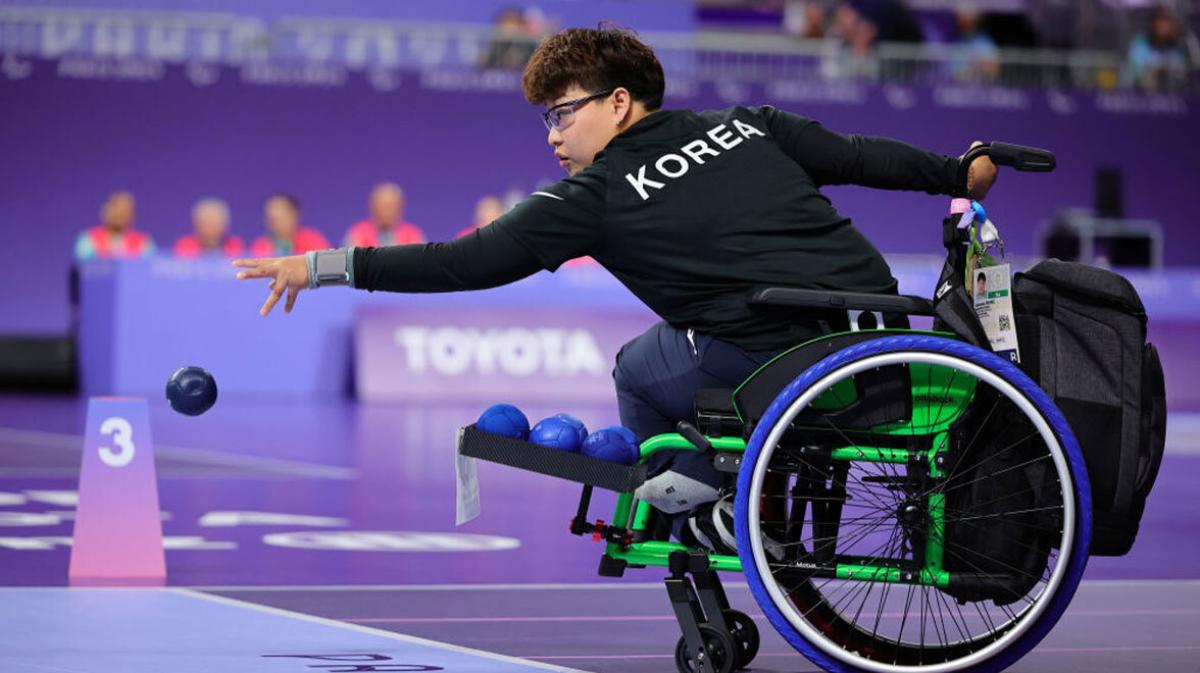
Video
Boccia News
View more
Indonesia impress on Paralympic boccia debut
Medals galore for Indonesia at Paris 2024 in their first time competing in boccia, as all four of the team land on the podium in their first Games
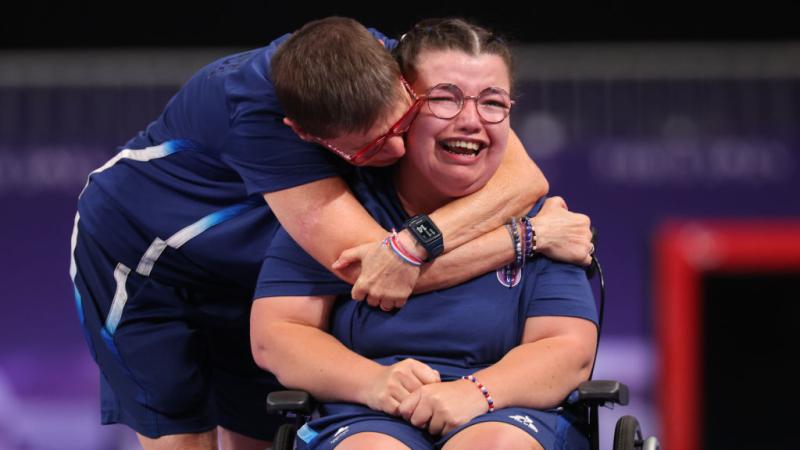
Best boccia moments of Paris 2024
Gender-specific medal events in individual competition were introduced at the Paralympics for the first time
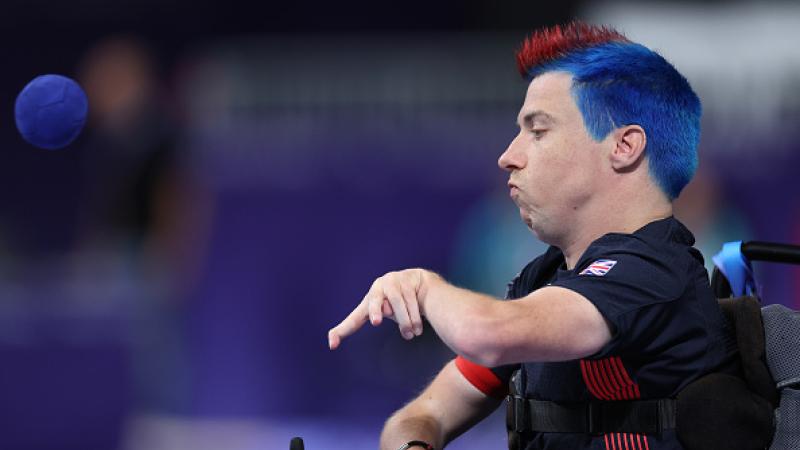
Smith: “Boccia gods were playing with me” in shock defeat
Three-time Paralympic boccia champion David Smith missed out on a medal in the men’s individual BC1 tournament at the Paris 2024 Paralympic Games
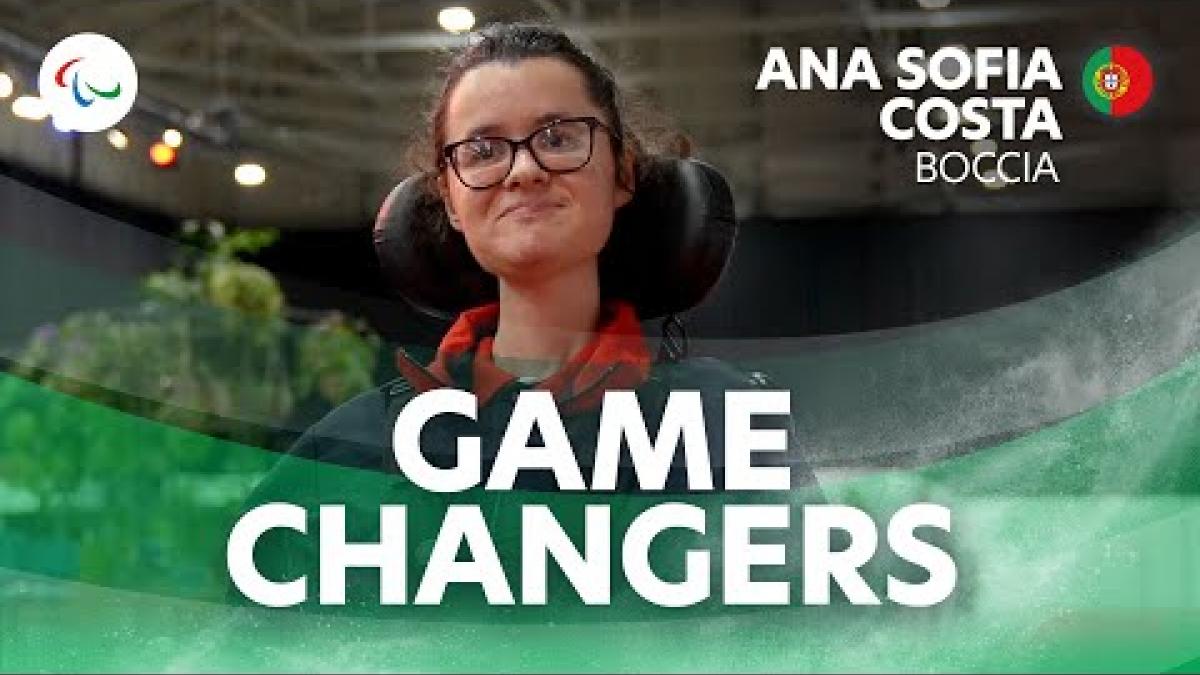
Costa’s great Paralympic boccia adventure
Portuguese star hopes fans will fall ‘in love’ with the sport as she aims for maiden gold
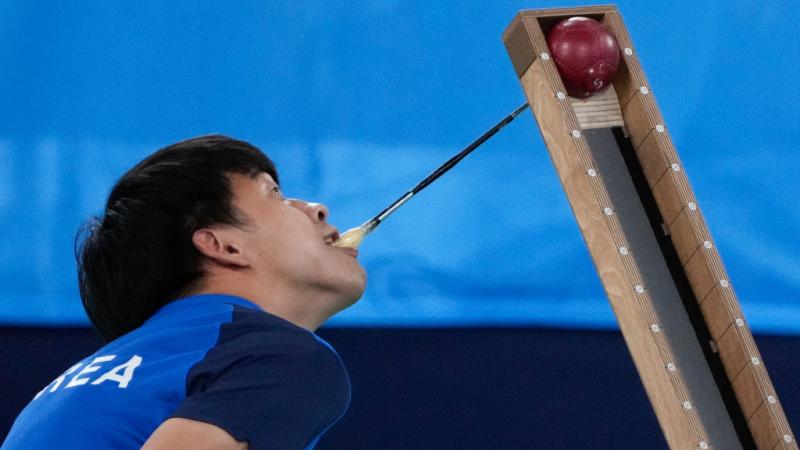
Introduction to boccia
All you need to know about boccia, a precision ball game that made its Paralympic debut 40 years ago
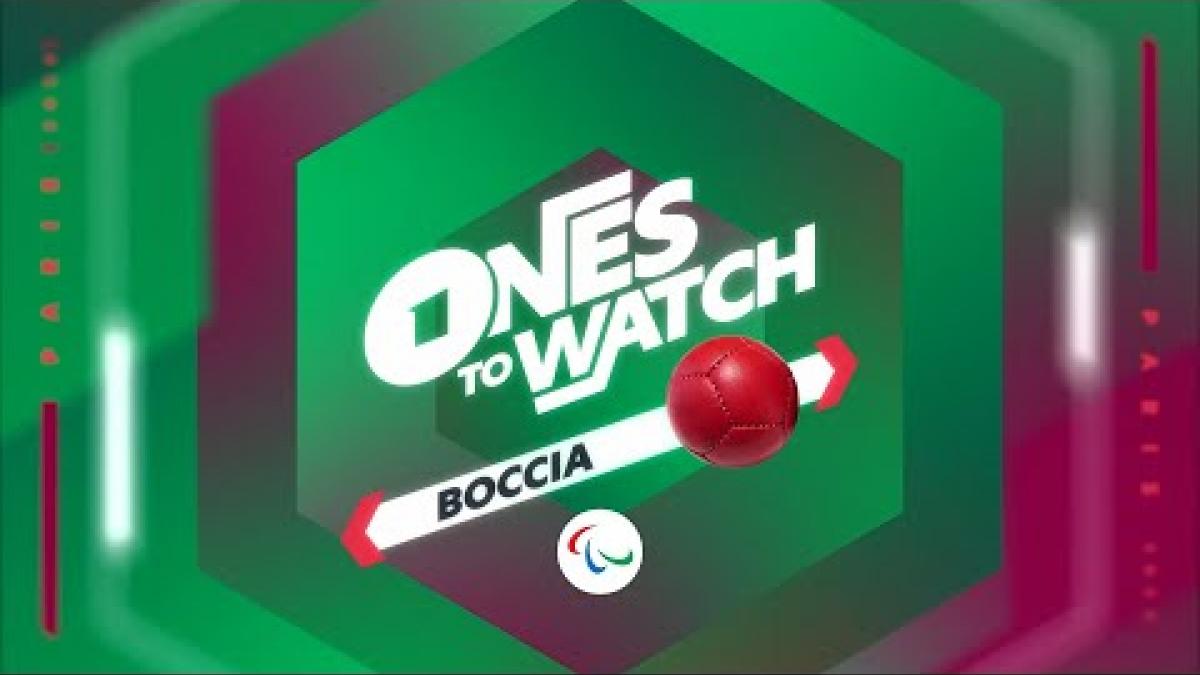
Ones to Watch in boccia
The ten boccia athletes you should be looking out for when the Paris 2024 Paralympics kick off in France this summer
Federation contact information
The Paralympic sport of boccia is governed by the Boccia International Sports Federation.
CONTACT
David Hadfield
PARALYMPIC AND PARA SPORT RESULTS
Search for all results from Paralympic Games events and selected other international Para sport events.
Boccia FAQs
The word ‘boccia’ is derived from the Italian word meaning to bowl.
Boccia has roots in ancient Greece and Egypt and is possibly one of the earliest games ever played by man where players threw large stones at a target. Archaeological objects and mural engravings of the sport were found as early as 5200 BC in Egypt. The sport was also played during the Middle Age.
Boccia balls are made of vinyl, polyurethane fabric, leather, synthetic leather, suede, or other similar materials and are slightly larger than a tennis ball, weighing approximately 275 grams and measuring 270mm in circumference. A ball must be filled with uniformly sized pellets or beads made of polyethylene or other similar plastic, or natural materials.
Scoring takes place after both sides have played all balls. The side with the ball closest to the jack scores one point for each ball closer to the jack than the opponent’s closest ball to the Jack. If two or more balls of different colours are equidistant from the jack and no other balls are closer, then each side receives one point per ball. Points are added together and the side with the higher total score is the winner.



